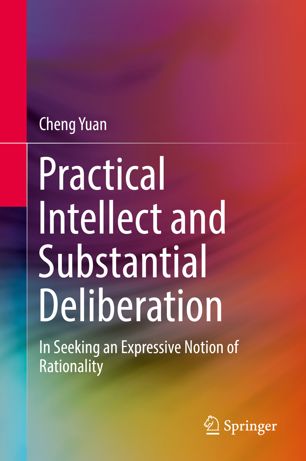

Most ebook files are in PDF format, so you can easily read them using various software such as Foxit Reader or directly on the Google Chrome browser.
Some ebook files are released by publishers in other formats such as .awz, .mobi, .epub, .fb2, etc. You may need to install specific software to read these formats on mobile/PC, such as Calibre.
Please read the tutorial at this link: https://ebookbell.com/faq
We offer FREE conversion to the popular formats you request; however, this may take some time. Therefore, right after payment, please email us, and we will try to provide the service as quickly as possible.
For some exceptional file formats or broken links (if any), please refrain from opening any disputes. Instead, email us first, and we will try to assist within a maximum of 6 hours.
EbookBell Team

4.0
76 reviewsThis book presents an anti-intellectualist view of how the cognitive-mental dimension of human intellect is rooted in and interwoven with our embodied-internal components including emotion, perception, desire, etc., by investigating practical forms of thinking such as deliberation, planning, decision-making, etc. With many thought-provoking statements, the book revises some classical notions of rationality with new interpretation: we are “rational animals”, which means we have both rational capabilities, such as calculation, evaluation, justification, etc., and more animal aspects, like desire, emotion, and the senses. According to the traditional position of rationalism, we use well-grounded reason as the fundamental basis of our actions. But this book argues that we simply perform our practical intellect intuitively and spontaneously, just like playing music. By this the author turns the dominant metaphor of “architecture” in understanding of human rationality to that of “music-playing”. This book presents a groundbreaking and compelling critique of today’s pervasively reflective-intellectual culture, just as Bernard Williams, Charles Taylor and other philosophers diagnose, and makes any detached notion of rationality and formalized understanding of human intellect highly problematic.Methodologically, it not only reconciles the phenomenological-hermeneutic tradition with analytical approaches, but also integrates various theories, such as moral psychology, emotional studies, action theory, decision theory, performativity studies, music philosophy, tacit knowledge, collective epistemology and media theory. Further, its use of everyday cases, metaphors, folk stories and references to movies and literature make the book easy to read and appealing for a broad readership.